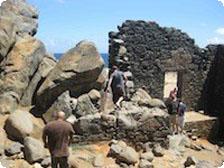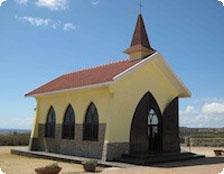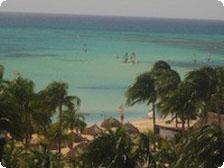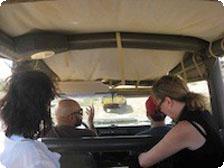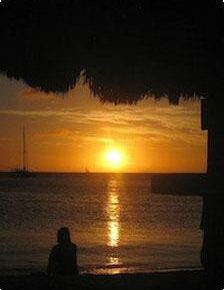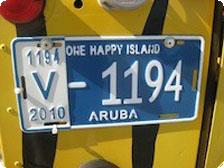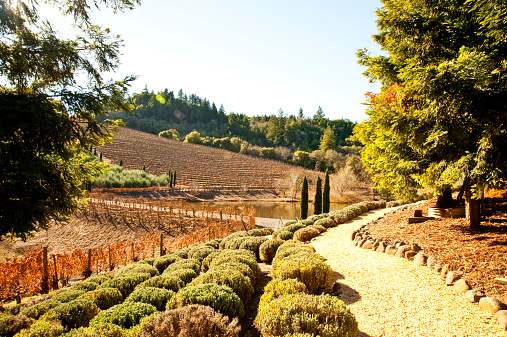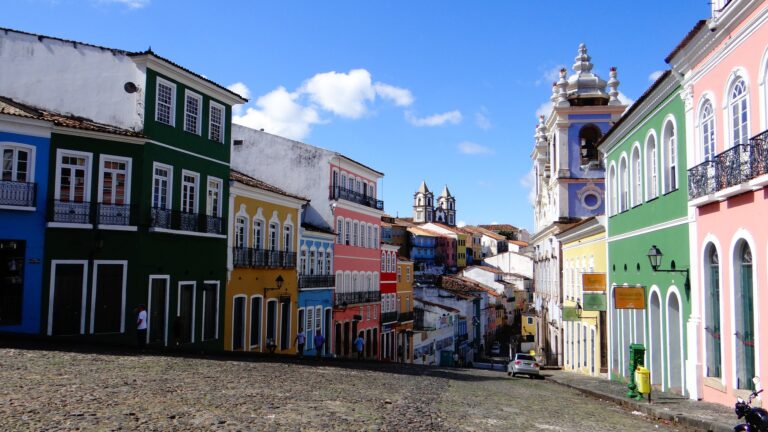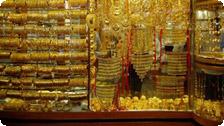Culture: Aruba: The Island with Two Faces
by Shelley Seale
Before I went to the Caribbean island of Aruba, part of the Dutch Antilles, I admittedly had some preconceived notions. My idea of Aruba was a place filled with American resorts, American food, American stores, and Americans themselves who spent countless hours lolling on the beaches with a Mai Tai in hand.
Although this image proved partially correct – tourism is Aruba’s biggest economy, and 85% of its visitors are American – there were also many things about the island that surprised and delighted me. If you want to discover everything this small, diverse paradise has to offer, follow me.
Many people come to Aruba to simply relax, in a laid-back place with incredible resorts (I stayed at the fabulous Marriott resort), where the water sports are great and the atmosphere is conducive to both romance and kid-friendly vacations. Aruba definitely offers all that, and if you’re looking for a friendly place to get away from it all and relax in an easy-going tropical destination, you found it. But I also found something I didn’t expect: Aruba can be an adventure vacation, as well.
The Wild Side of Aruba
Once you get away from the stretch of land that runs just along the coast, with its tropical, palm tree, beach scene from the postcards – most of the island has an arid desert topography. There are some great places where you can get out and explore this – it can be a hiker’s paradise. Try getting out there in a fun off-road adventure, by taking a jeep over the volcanic rocks and sand dunes to find tucked-away sights like an old abandoned gold mine. The Bushiribana Gold Mill sits on the north end, where gold was discovered on Aruba in 1824. This mine once processed 3 million pounds of gold, before being abandoned and falling into disrepair. It’s a fascinating place to discover.
Other places you can get to off-road include the California Light House, built in 1910 after the ship California ran aground on Aruba and sank, the Alto Vista Chapel and the Natural Pools, located on a deserted stretch of wild coastline inaccessible by car. This unique formation of volcanic rock created a natural depression to form a tranquil pool where you can swim. Don’t miss the Ayo Rock Formations, an area of mysterious, monolithic boulders dating more than 80 million years ago.
The Water Side of Aruba
Aruba, like virtually every Caribbean island, is known for diving and other water sports. The waters that surround this tiny bit of land are crystal-clear to an amazing depth, a jewel-tone azure color, and filled with fascinating things to discover. You would be remiss to come to Aruba and not take advantage of some type of water activity.
There are 42 different dive sites on Aruba, most of them along the sheltered southwestern side of the island. There is a lot of sea life, from giant tube sponges and coral formations to tropical fish, lobster, eels, squid and sea turtles – our group was lucky to see several large sea turtles near our Red Sail catamaran.
But what Aruba is really known for in the diving world is being “King of the Shipwrecks.” Aruba has been rated as one of the top places for wreck dives in the Caribbean, second only to Bermuda. Numerous ships have met their demise in these waters, and their sunken hulls are a favorite spot for divers and snorkelers. The best of these (and the one we visited) is the Antilla, a German freighter that was sunk by its own captain in 1945 rather than surrendering it to the Dutch. It is the largest wreck in the Caribbean at 400 feet long, encrusted by barnacles and coral. Other shipwrecks to explore include the WWII Pedernales, and ships that were intentionally sunk for diving such as the Jane Sea, Debbie II and Star Gerren.
Even if you don’t dive or snorkel, or swim at all, you are bound to enjoy a catamaran or sailing excursion to these spots. The water is so clear, that I could easily see many of the fish, reefs and other sea life from the deck of the boat. And of course, the views of the island and Caribbean Sea are beautiful.
Other top water sports in Aruba are windsurfing and kitesurfing. The latter is the newest extreme water sport, whereby the board is harnessed to a huge kite. The constant 15-knot trade winds of Aruba mean that these go incredibly fast – I was amazed and a little frightened by the speed at which they skimmed the water. This wind, along with the variety of flat-water locations and challenging wave conditions, have made Aruba one of the most popular spots on earth for windsurfers and kitesurfers.
IF YOU GO:
STAY at the Aruba Marriott Resort & Stellaris Casino, thoughtfully designed with a stylish, modern feel; gorgeous oasis pool areas; and a location right on the beach.
GO four-wheeling on your off-road adventure with De Palm Tours, Aruba’s premier tour and adventure company.
SAIL with Red Sail Sports, operating dive and snorkel trips in Aruba for 20 years.
***********
Shelley is a freelance writer based out of Austin Texas, but she vagabonds in any part of the world whenever possible. Her non-fiction book, The Weight of Silence: Invisible Children of India, follows her journeys into the orphanages, streets and slums of India where millions of children live without families. Shelley’s areas of writing specialty include travel, cultural issues, the arts, women & children, non-profit and social activism, entrepreneurship, business, architecture and interior design.
Shelley Seale has written for National Geographic, Globe Pequot Press, Washington Magazine, Transitions Abroad and Andrew Harper Traveler Magazine among others. Her work has also been published in The Seattle Times, GoWorld Travel Magazine, Intrepid Travel, InfoChange India, The American Chronicle, The Austin Business Journal, Austin Monthly, San Antonio Express-News, Austin Woman and more.
be sure to also check out Shelley Seale’s webpage
Discover more from Tango Diva
Subscribe to get the latest posts sent to your email.
